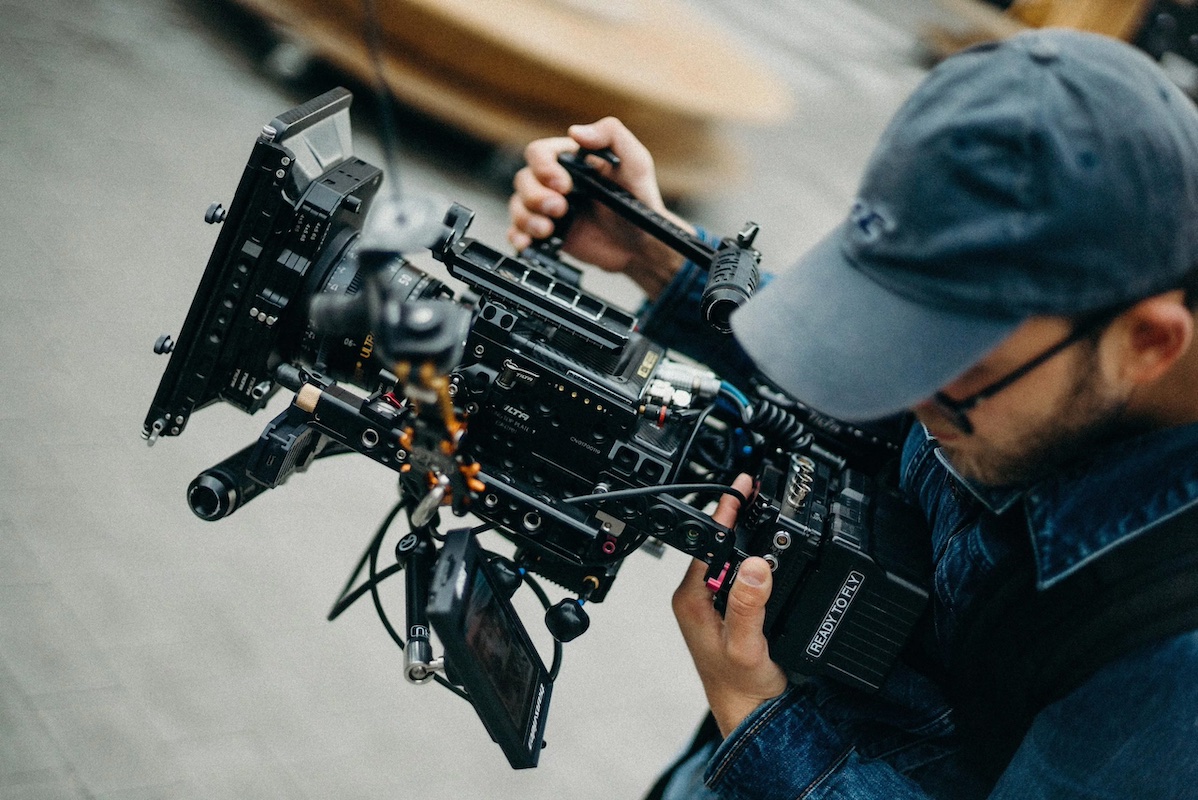Mastering Visuals: Tips for Stunning Cinematography
Cinematography is the art and technique of capturing visually compelling images that enhance storytelling and evoke emotions. Whether you're shooting a film, documentary, commercial, or any other video content, mastering cinematography techniques can significantly elevate the quality and impact of your visuals. In this comprehensive guide, we explore essential tips and techniques to help you achieve stunning cinematography.
Understanding Cinematography
Cinematography goes beyond merely recording images—it involves the deliberate use of camera angles, lighting, composition, movement, and color to convey meaning, create atmosphere, and engage viewers on a deeper level. A skilled cinematographer understands how each of these elements contributes to the overall visual narrative and employs them strategically to enhance storytelling.
Essential Techniques for Stunning Cinematography
- Lighting Mastery:
- Natural vs. Artificial Lighting: Understand the characteristics and nuances of natural light and artificial lighting sources (such as tungsten, fluorescent, and LED lights).
- Three-Point Lighting: Master the classic technique involving key light, fill light, and backlight to achieve balanced and aesthetically pleasing lighting setups.
- Lighting Ratios: Learn how to control contrast and mood by adjusting the ratio between key and fill lights.
- Lighting Modifiers: Experiment with modifiers like diffusers, reflectors, and gels to manipulate light and create desired effects.
- Composition and Framing:
- Rule of Thirds: Use this fundamental principle to create balanced compositions and guide viewers' attention to key elements within the frame.
- Leading Lines and Depth: Incorporate leading lines, perspective, and depth of field to add dimensionality and visual interest to your shots.
- Symmetry and Asymmetry: Experiment with symmetrical and asymmetrical compositions to evoke different emotional responses and emphasize narrative themes.
- Camera Movement:
- Types of Camera Movements: Explore various camera movements such as pans, tilts, dollies, tracks, and steadicam shots to add dynamism and fluidity to your storytelling.
- Stabilization Techniques: Use tripods, gimbals, or steadicams to achieve smooth and stable shots, ensuring professional-looking footage.
- Intentional Movement: Align camera movement with the narrative context to reinforce emotions or transitions in the story.
- Color Grading and Palette:
- Color Theory: Understand the psychological effects of different colors and color combinations on mood and perception.
- Color Correction vs. Color Grading: Differentiate between correcting footage for technical accuracy and grading footage to achieve a desired aesthetic or thematic look.
- Consistency and Style: Develop a cohesive color palette and grading style that complements the narrative tone and enhances visual storytelling.
- Focus and Depth of Field:
- Selective Focus: Use shallow depth of field to isolate subjects, emphasize details, and create a sense of intimacy or drama.
- Pulling Focus: Master the technique of smoothly transitioning focus between subjects or elements within a scene to direct viewers' attention.
- Hyperfocal Distance: Utilize depth of field calculations to maximize sharpness and clarity throughout the frame, especially in landscape or wide-angle shots.
Practical Tips and Best Practices
- Preparation is Key: Plan and storyboard your shots in advance, considering lighting conditions, camera angles, and movements.
- Collaborate Effectively: Work closely with directors, production designers, and lighting technicians to align visual goals with overall creative vision.
- Continuous Learning: Stay updated with industry trends, new equipment, and emerging techniques through workshops, online courses, and peer networking.
- Experiment and Innovate: Don't be afraid to experiment with unconventional techniques or perspectives to achieve unique visual storytelling effects.
Case Studies and Examples
- Film Industry: Analyze cinematography techniques used in acclaimed films to understand how visuals contribute to narrative impact.
- Advertising: Examine commercial advertisements to see how cinematography techniques are applied to evoke consumer emotions and enhance brand messaging.
- Documentaries: Study documentary cinematography to observe how visuals capture real-life stories with authenticity and emotional resonance.
Mastering cinematography is a continuous journey of learning, experimentation, and honing technical skills combined with creative vision. By understanding and applying these essential tips and techniques—from lighting mastery and composition to camera movement and color grading—you can elevate your cinematography skills and create visually stunning videos that captivate and engage audiences, leaving a lasting impression through the power of visual storytelling.






































